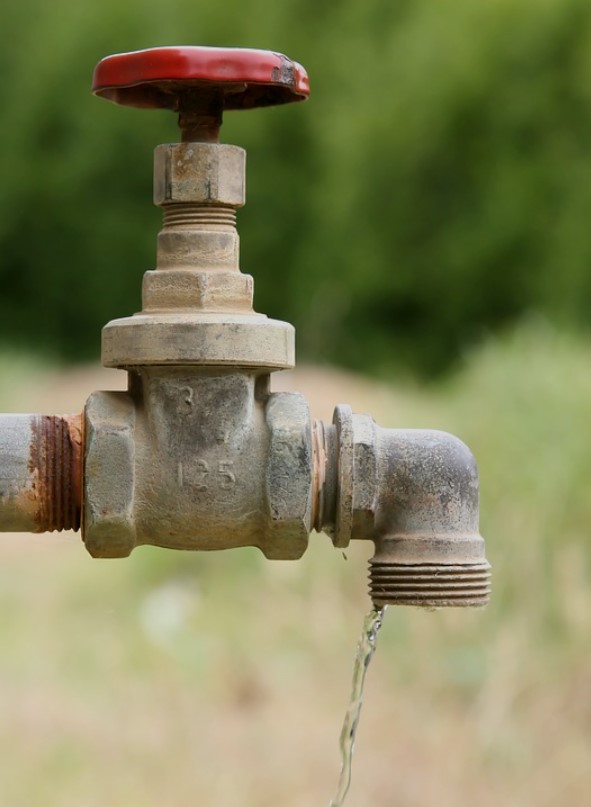
How to Maintain An Outdoor Water Faucet In Your Yard
If you want to wash your car, water your garden, or fill up a backyard swimming pool, you need an outdoor water faucet. Although outdoor faucets are fairly tough, their constant exposure to the elements still subjects them to plenty of wear and tear. That’s why it’s important to maintain your outdoor faucets to ensure that you can use the faucets reliably for years to come.
Drain at the End of the Season
When the summer is over and the weather starts to cool down, it’s important to drain all of the water from the pipe leading to your outdoor faucet. If you don’t, water could linger in this section of pipe long enough to allow it to freeze in the winter. This freezing and thawing of water will eventually cause your outdoor faucet to crack, leading to a potentially complicated replacement job.
Use High-Quality Components
Even if an outdoor faucet is well-maintained, its individual components will wear out from time to time. When components wear out, it’s important to use high-quality replacements to provide the maximum protection against the elements. For example, if the valve in your faucet wears out, stainless steel valves make an excellent option for replacement, as they are durable, resistant to rust, and easy to install.
Protect From Bumps
Since outdoor water faucets protrude from your home’s exterior, they are vulnerable to being bumped by outdoor power equipment such as lawnmowers and trimmers. To avoid this potential damage, it’s a good idea to create a barrier around your outdoor faucet using rocks or other natural materials. Doing so gives your faucet a place to drain when it leaks and ensures it doesn’t get bumped while you’re working outside.
Remove Your Hose
At the end of the season, it’s important to remove your hose from your outdoor faucet. If you don’t, any water that’s still in your hose could sit against the faucet and cause it to rust. In addition to protecting your faucet, removing your hose and putting it into storage will help protect your hose from drying out and cracking. Do note that if you’ve had the hose attached to the faucet all summer, you may need to add some lubricant to the faucet to ensure you can remove the hose without straining the faucet.
Of all your plumbing fixtures, your outdoor faucet is one of the fixtures that are most likely to develop a leak. If you keep your hose on your faucet all summer, you may not notice this leak until you’ve already wasted a lot of water. Therefore, it may be a good idea to remove your hose a few times throughout the season so that you can check for leaks and repair them quickly without wasting a season’s worth of water.
